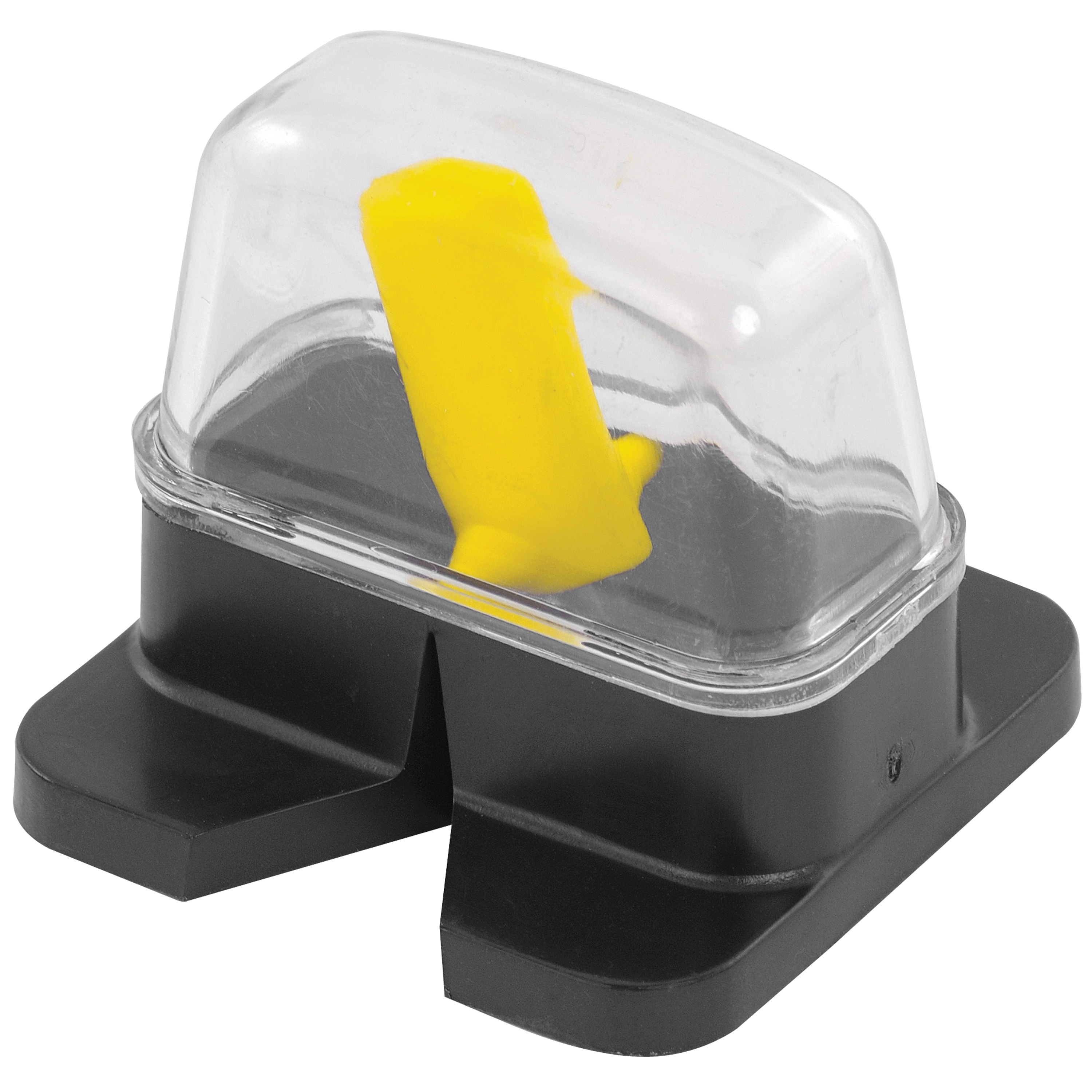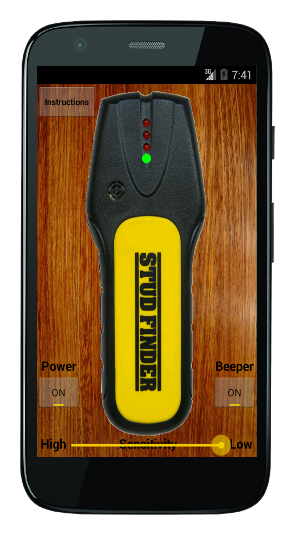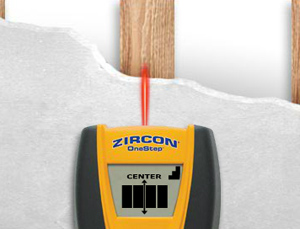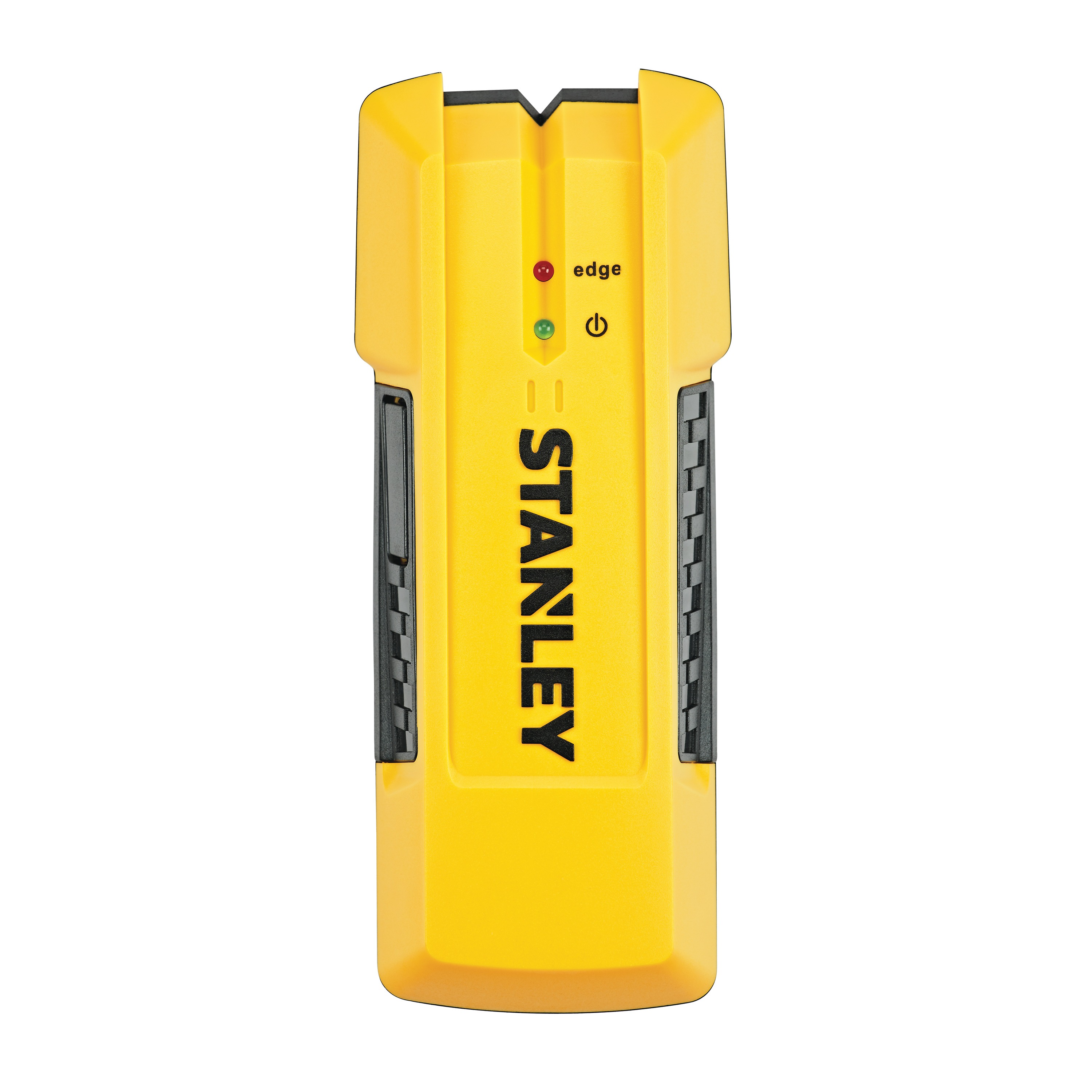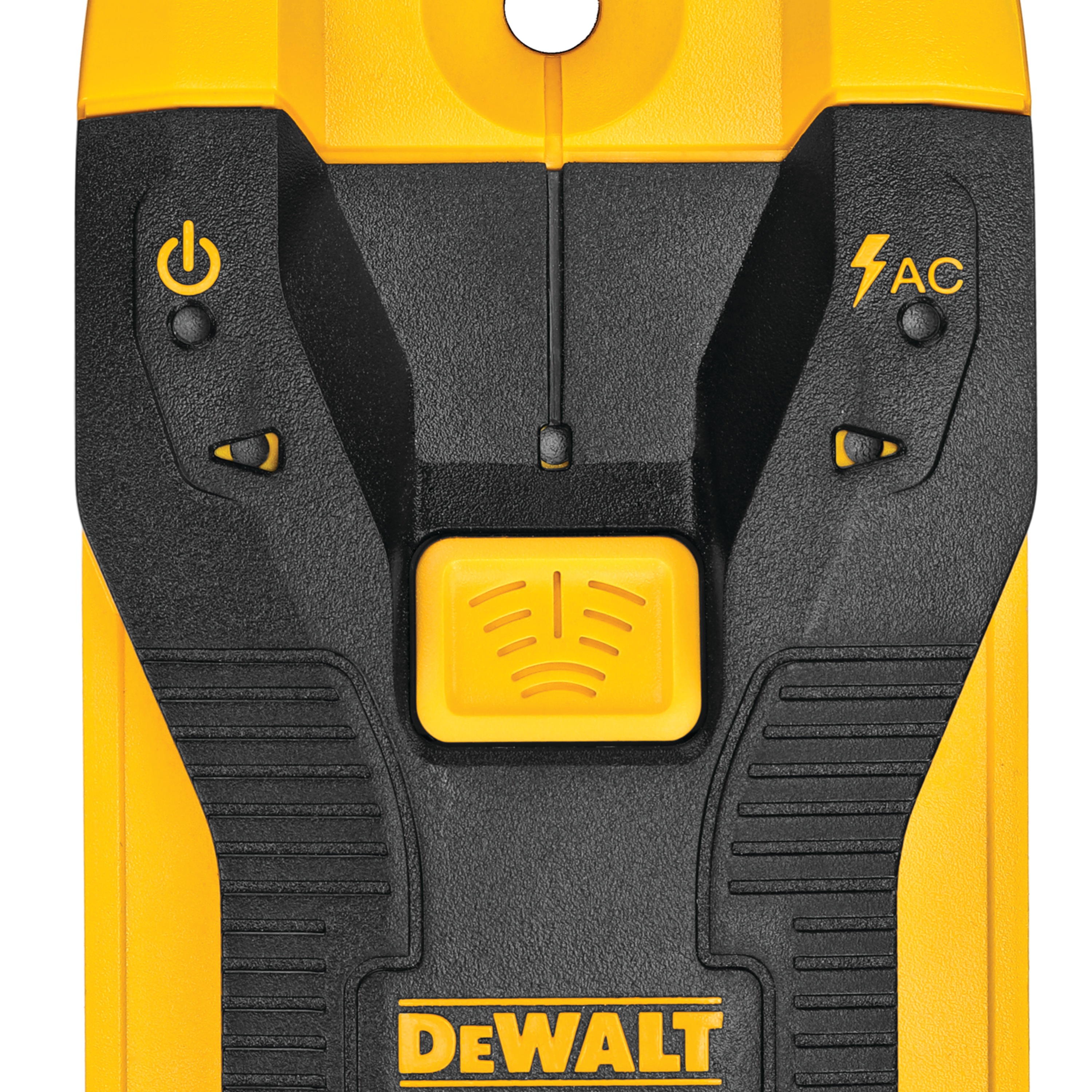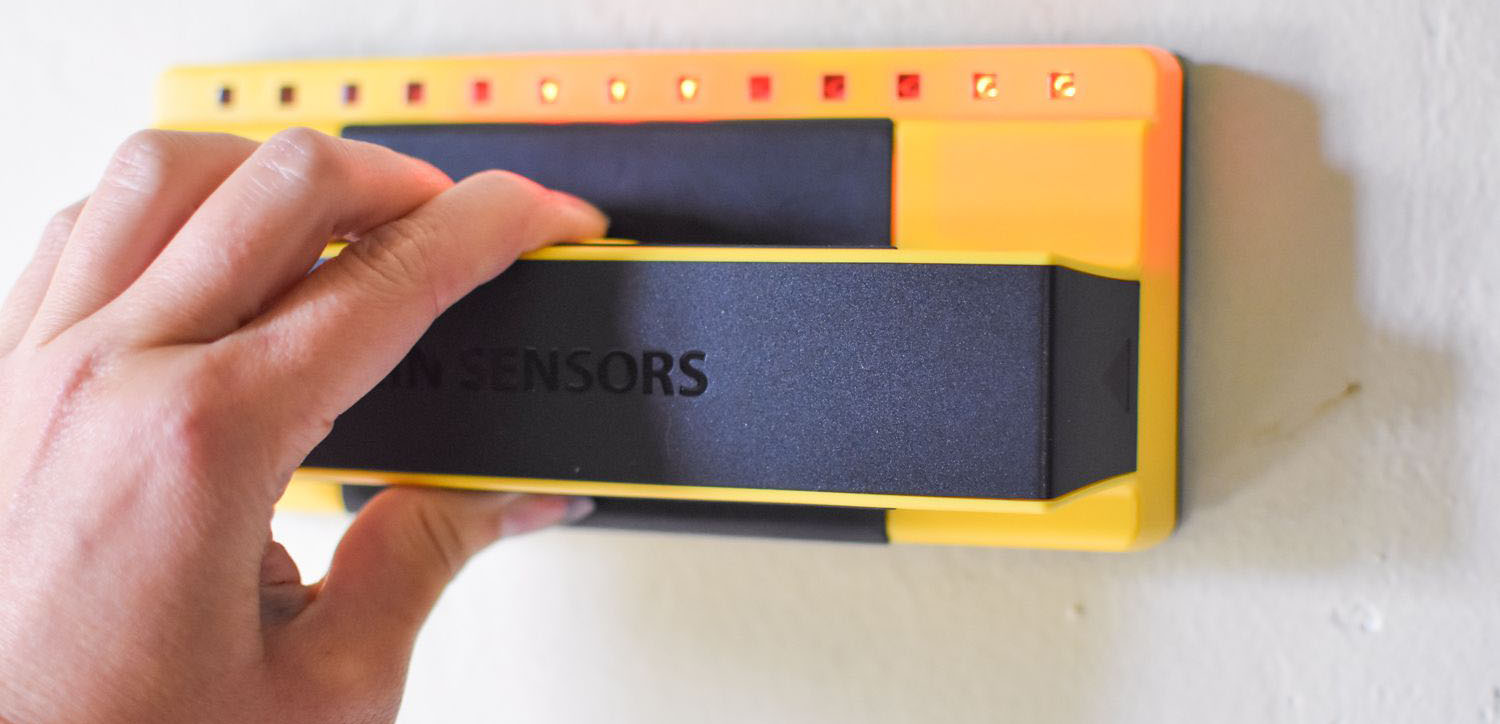While there are many different stud finders available most fall into two main categories. These work by measuring the relative density of a portion of a wall.
:max_bytes(150000):strip_icc()/_hero_SQ_1SP4155616-1-33653bd7df9442249edcb43a1eeec391.jpg)
Franklin Sensors 710 Precision Stud Finder Review
What is a stud finder. Magnetic stud detectors and electric stud finders. What is a stud finder. When the stud finder identifies an area of high density it lights up indicating a stud. 2375 5 used offers. Some finders provide basic detection capabilities that are good for just walls. Others can be used on floors and ceilings.
A stud finder also stud detector or stud sensor is a handheld device used with wood buildings to locate framing studs located behind the final walling surface usually drywall. Easy access to studs a stud finder is the only tool that can leave the guesswork out of the game and detect the studs position for you. Detection is achieved using two different methods. The easiest and most precise way to find a stud in a wall is with an electronic stud finder. Whether you are hanging pictures putting up a new set of shelves or getting ready to start an addition knowing where the studs are in a wall can be extremely handy. There are various types of detectors to consider either magnetic or electronic.
It is ideal for use on non textured walls drywall wood flooring or subflooring. The more advanced scanners have multiple modes that detect studs metal live ac wiring non ferrous metal such as copper pipe and ferrous metal such as rebar. A stud finder is good for well finding studs you cant see. Stud finder sensor wall scanner 5 in 1 electronic stud sensor locator wood beam joist finders wall detector edge center finding with lcd display for wood live ac wire metal studs detection silver by tavool. Zircon 15 in scan depth metal and wood stud finder craftsman 075 in scan depth metal and wood stud finder bosch 65 ft red beam self leveling cross line 360 laser level with case. A stud finder is a valuable tool that makes the job of finding studs behind a wall very simple.
Its two scanning modes locate the center edges and direction of wood or metal studs. Detect where support areas like studs and joists are along the wall. All stud finders do the same basic thing. As the name suggests a stud finder detects studs behind the surface of a wall. Before there were stud finders either you pounded a small nail into the wall until you hit a stud or you used a small pivoting magnet. Knowing where those are is crucial so you can be sure to screw into them instead of just the drywall when youre hanging something.
The former is the simplest type consisting of a magnet that is drawn by the metal in your walls. The studsensor hd70 onestep stud finder takes the the studsensor hd70 onestep stud finder takes the guesswork out of finding the stud center.






